The Appearance of a Siberian Rarity, The Red-Flanked Bluetail

This rare fall and winter visitor to the UK and occasional vagrant in the western states of North America is featured by me to celebrate its first ever appearance in the county of Shropshire in the West Midlands of England. The event took place during November 2021 and was reported to me by my sister who lives a few miles away from where the female bird was caught on camera.
This was not a species I expected to see during my early days of bird watching in 1960s even though back then it was a rare migrant to the UK. Probably spotting the firecrest, as described in Chapter 3 of She Wore a Yellow Dress, was the closest I came to recording these small rare birds. The bluetail is still a vagrant today but the number of annual sightings has increased. At the end of 2013 there had been an accumulated total of 127 observations, and more have occurred since. The trend is possibly tied to the bird extending its breeding range westward from Russia into Finland, and some of these birds choosing to winter in Western Europe rather than in Southeast Asia.
The species belongs to the chat family of birds, so-called because of their harsh and chattering calls (13th century chateren – to twitter or make quick, shrill sounds). Back in the 1960s I observed two of its cousins, the winchat and stonechat. Both sightings were recorded at Spurn Point in Yorkshire. The winchat breeds throughout Europe, and in Britain populates the country’s northern and western uplands. In recent years its population in the UK has halved for reasons unknown. It is a long-distance migrant and winters in central and southern Africa. The stonechat is the more common species in Britain, preferring open country such as heathland, moorland, and rough grassland. Its population is stable, and it is only a short-distance migrant. Neither winchats nor stonechats are present in the United States.
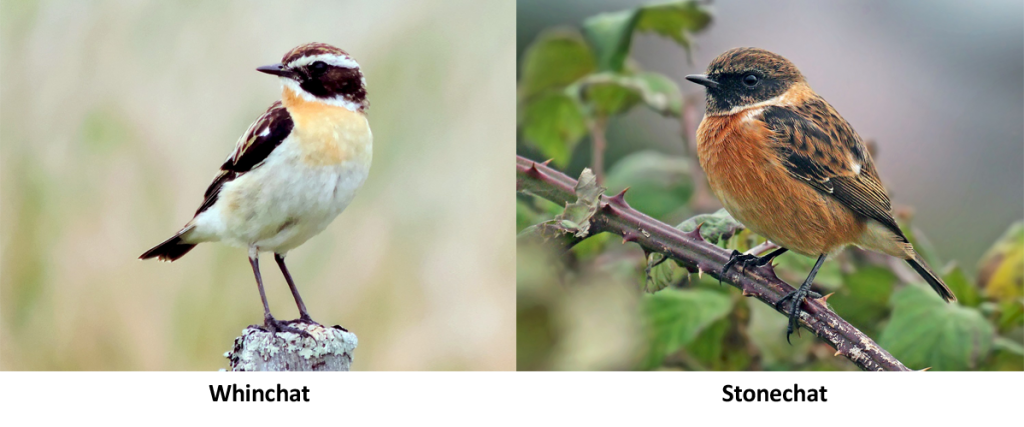
In North America, the yellow-breasted chat represents this family of bird, with a population of around 13 million, and the species breeds from British Colombia/Ontario, south to the Gulf coast and Florida. They winter across the southern United States, through Middle America, to western Panama. In California, a few breed in the north-west and along the Pacific coast, and more pass through during migration. I recently was fortunate to see one while fulfilling my docent responsibilities to protect the nearby nesting snowy plovers.
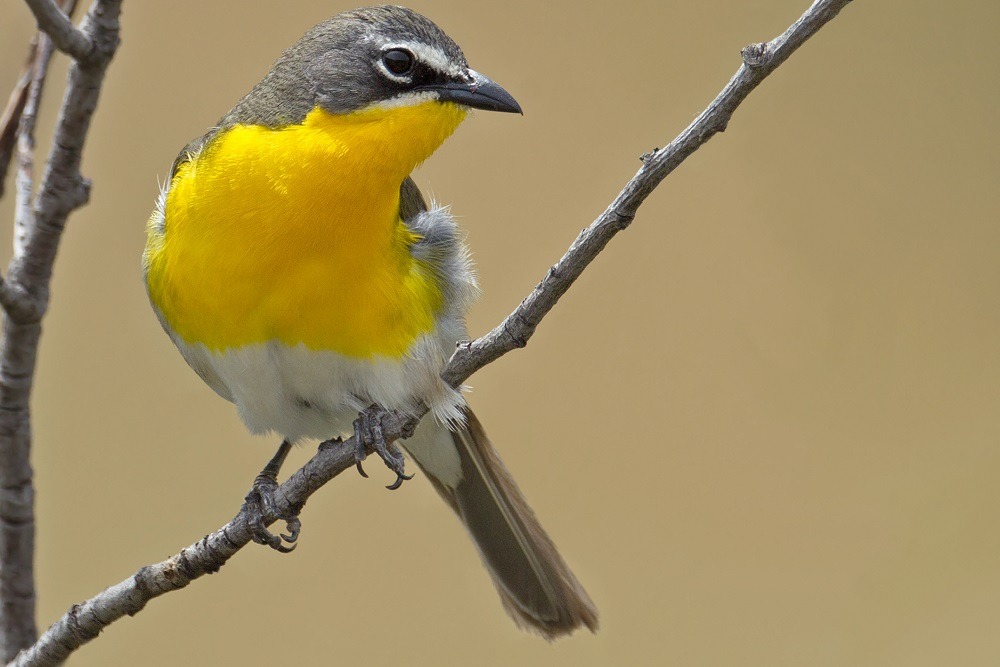
Yellow-breasted chat bird
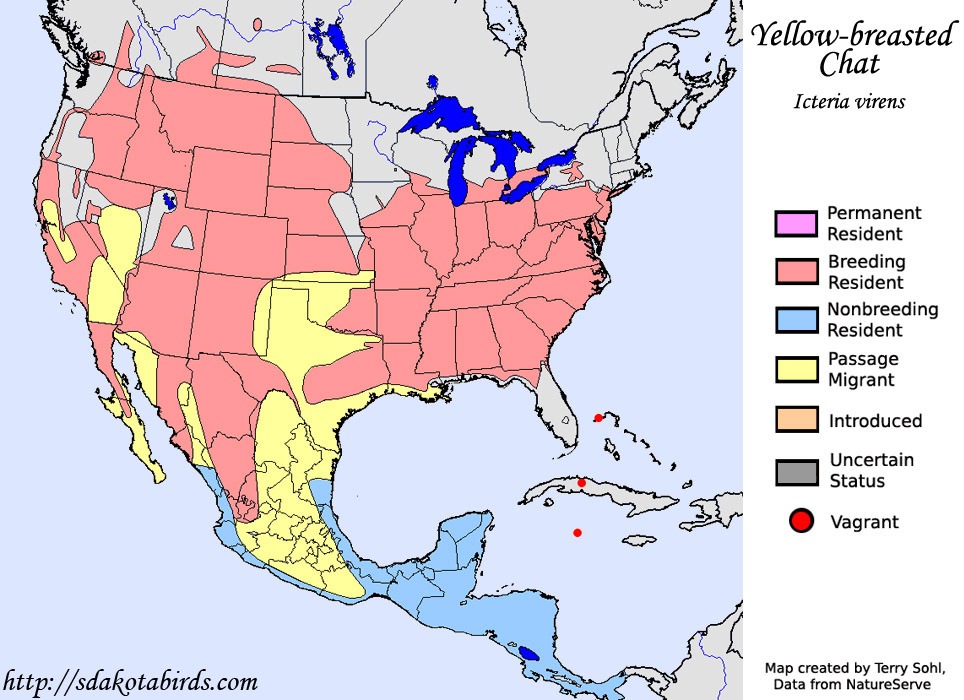
Distribution of the yellow-breasted chat bird
But let me return to the primary topic of this month’s Blog, the red-flanked bluetail. It is a small passerine bird and native to a large part of northern Europe and south-east Asia. It nests from Finland east across Siberia to Kamchatka, and south to Japan, and winters mainly in Korea, Taiwan and Southeast China. It is very secretive, preferring to occupy undisturbed, old growth, coniferous forest, and is often difficult to spot. Estimates place its global population at between 20,000 and 41,000, but without signs of a decline in numbers. It first appeared in Finland during 1949, and present-day studies suggest that there may several thousand pairs nesting in the country. Their movement west continues with isolated cases of breeding in Estonia, Sweden, and Norway. On the eastern side of its territory, red-flanked bluetails sometimes overshoot their Asian winter habitat, and a few end up in Western Alaska.
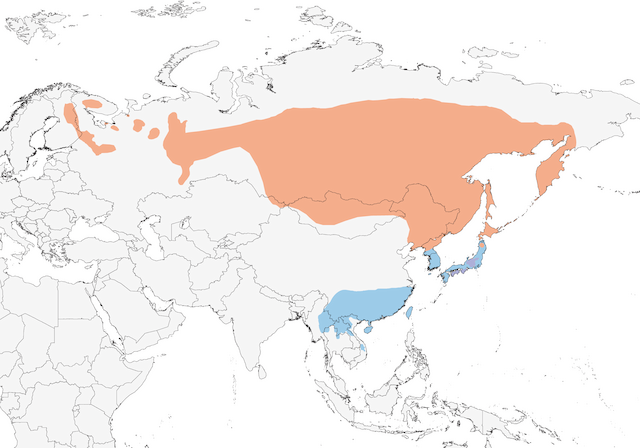
Red-flanked bluetail Range Map: orange – breeding; light blue – non-breeding
Oddly the red-flanked bluetail does not migrate along its shortest route. Their “migration memory” usually carries them first eastwards, across eastern Russia and China, before they change direction to fly south to their wintering grounds. Storms in Asia can push some birds eastwards towards Alaska. Some of those that reach North America seem to turn southwards, explaining the occasional sightings in western locations such as in Vancouver (2013), Wyoming (2019), Idaho (2016), the Farallon Islands, CA (1989 and 2019), San Clemente Island, CA (2011), Los Angeles (2018/19), and Mexico (2021). Even so, this species is extremely rare in North America and should not be confused with the slightly larger, shiny blue and rust-orange colored, western bluebird.
The western bluebird is a common bird, with an estimated population of 6.7 million. It is social and often seen in flocks during the non-breeding season. The species feeds on fruit and berries, and also hunts for terrestrial insects by fluttering down from low perches to pluck insects from the ground.

Western bluebird
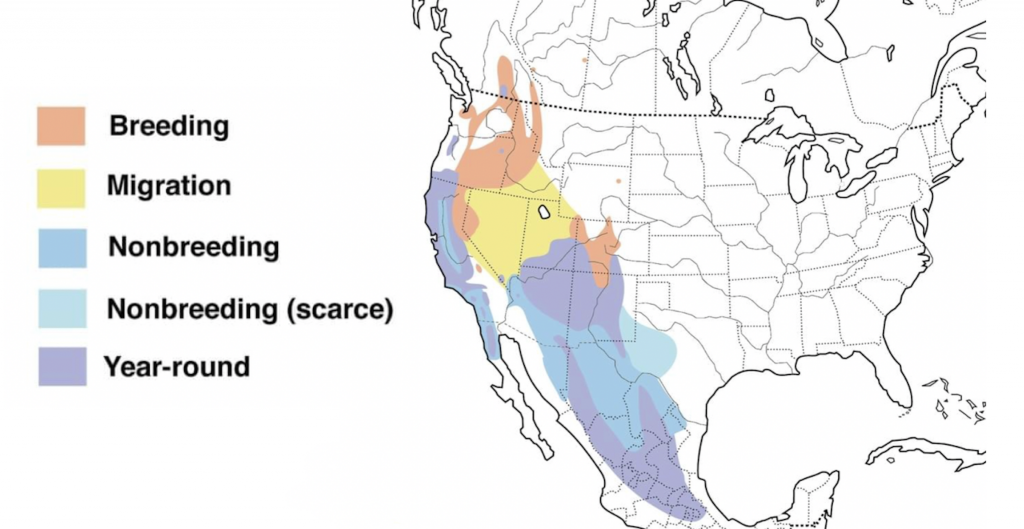
Western bluebird Range Map
The male red-flanked bluetail has similar blue coloring on its upperparts, rump, and tail, but the coloring is not as bright as on the western bluebird. The bluetail also has a white belly and throat, orange-brown flanks, an off-white chest, and a white band above the eyes. The female displays more subdued colors, with olive brown upperparts, rufous flanks, and a blue tail.
The species in Europe continues to increase as the red-flanked bluetail extends its territory westwards. Finland reported an estimated 730 territorial males during 2020, although the bird’s numbers can vary dramatically between years. In Britain there are now around 15 sightings annually, mainly in Scotland and the coastal hot spots of the north-east of England and East Anglia. An exception was the Shropshire sighting. Even my 1960s stomping grounds at Spurn Point report occasional sightings.
However, despite favorable trends, the red-flanked bluetail is vulnerable to the loss of undisturbed mature forests. Its expansion west may be due to climate change that is decreasing the duration of soil frost and snow-cover, and thereby helping with the food supply. Meanwhile, its conservation category is of “Least Concern”.
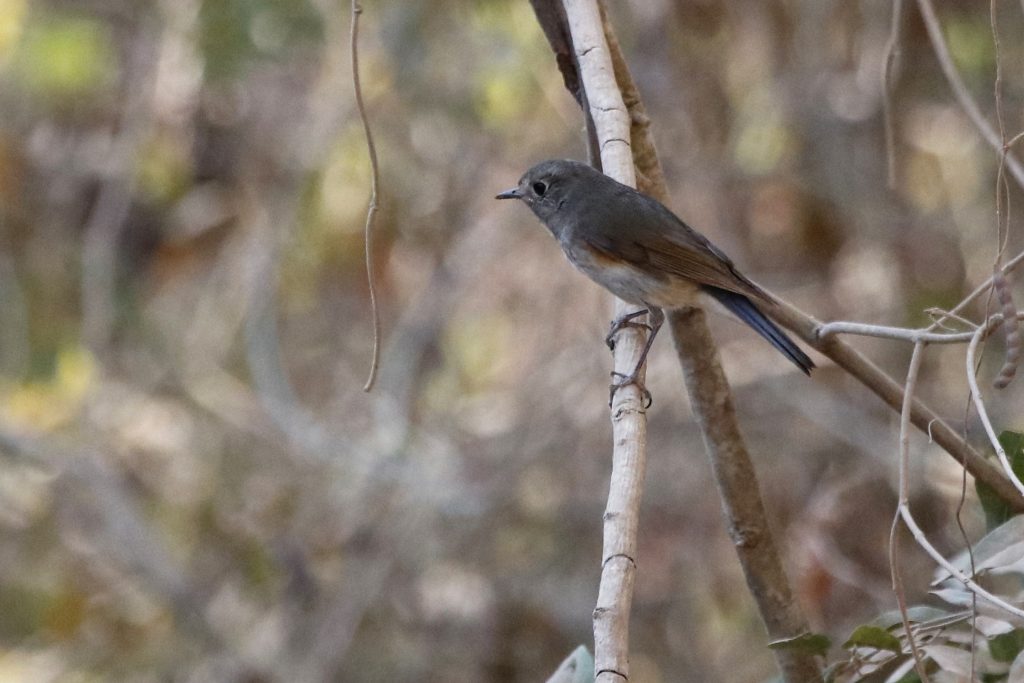
Image of the Mexico sighting



